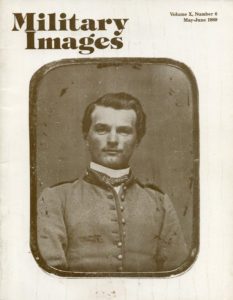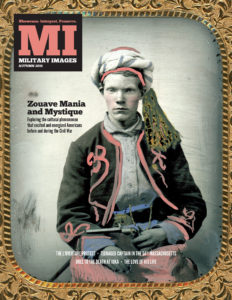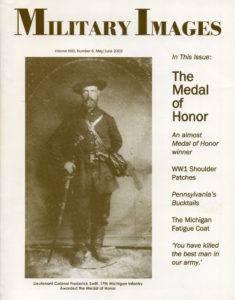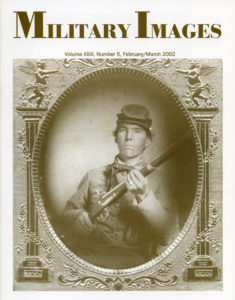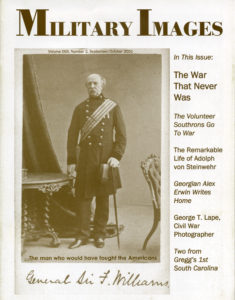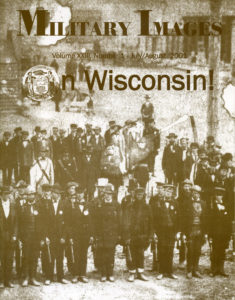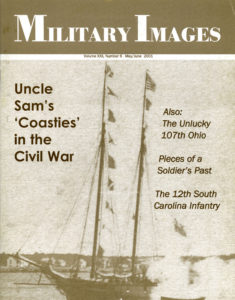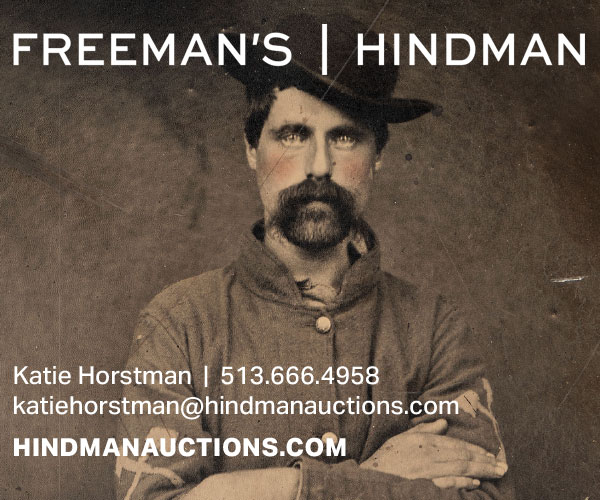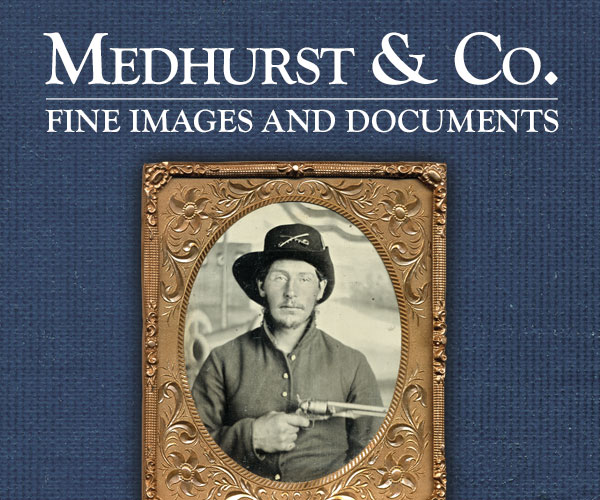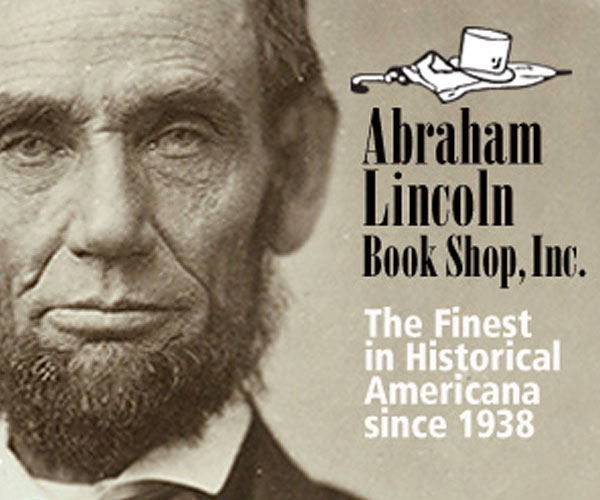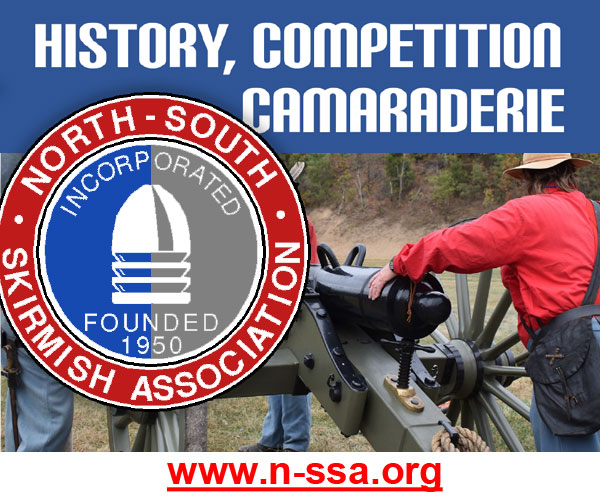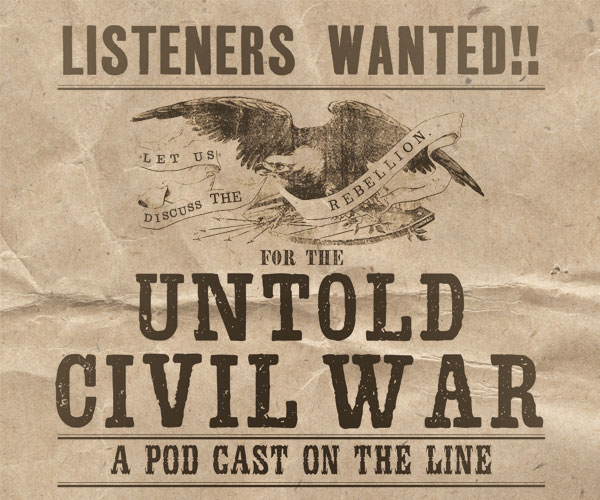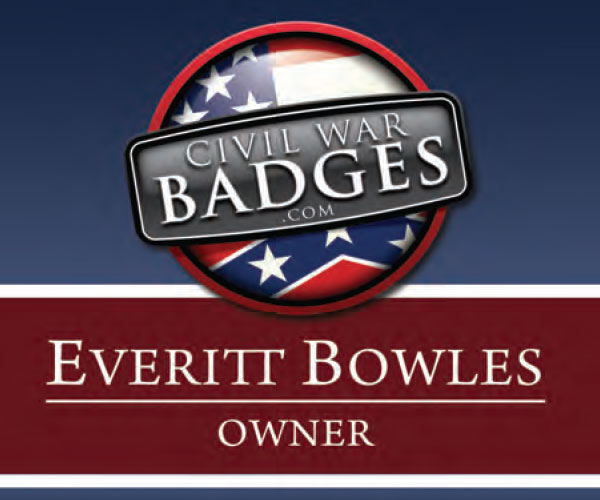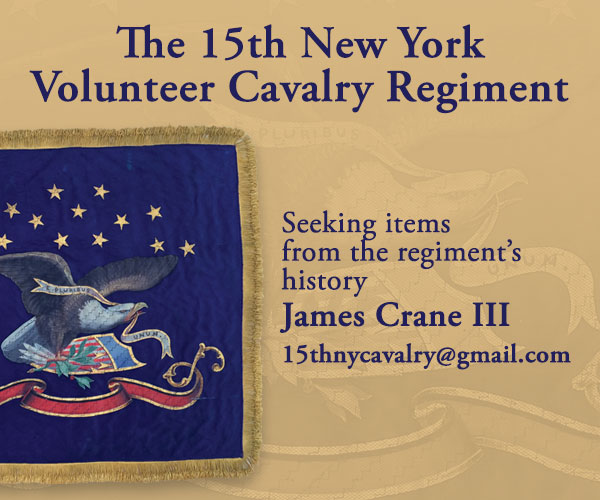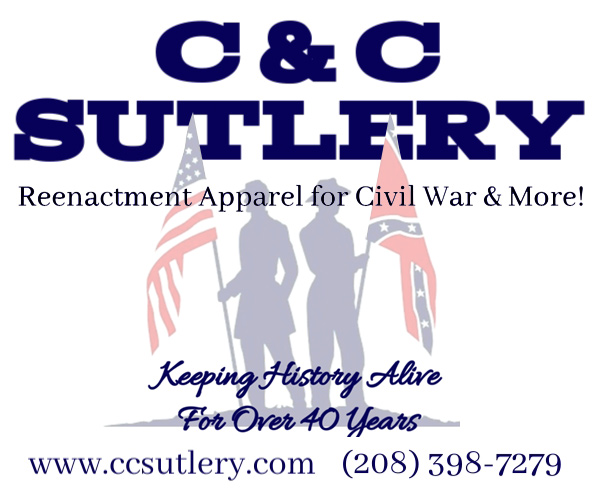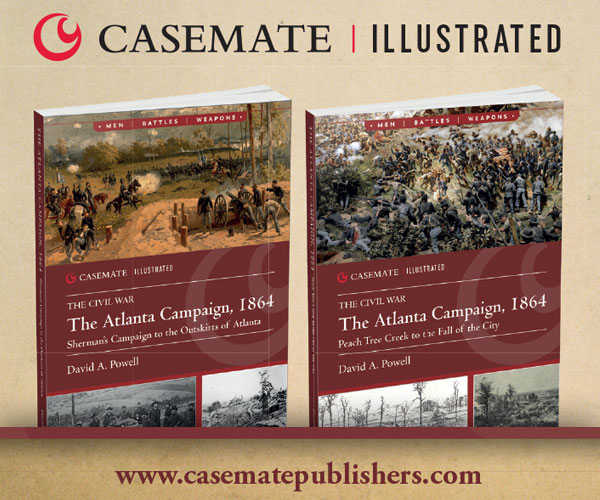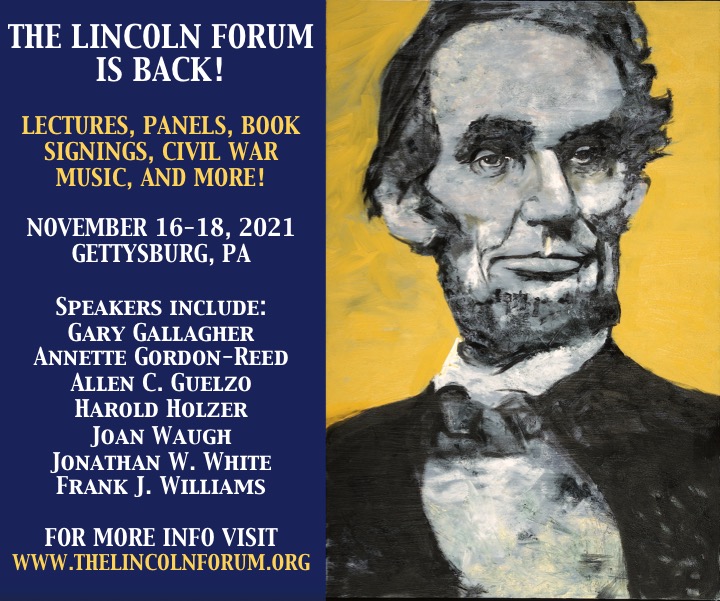The complete issue
Vol. X, No. 6
(32 pages)
Print edition: Visit our store to check availability
Digital edition: Visit JSTOR.org to purchase
Subscribe to MI
Explore the MI Archives: Browse | Advanced search | Tutorial
Inside
Cover image
A ninth-plate tintype from the Guy W. Smith collection pictures a cheerful fellow in the Veteran Reserve Corps.
Editor’s Desk (p. 1)
The editor observes the 127th anniversary of the Seven Days Campaign, or the culminating battles of the Peninsula Campaign, and a related story by Brian Pohanka. He also notes that this is the 60th issue of MI.
Mail Call (p. 2)
The letters to the editor include high praise for Dave Mark’s images of Marylanders and comments on the All-Confederate issue.
The Darkroom by William Frassanito (p. 3)
In this installment, the author answers this question: “I recently obtained two CDVs from the ‘Brady’s Album Gallery’ series. How many CDVs were issued in the series? Does anyone have a complete set? What relation does it have to the ‘Incidents of the War’ series?”
Howard’s Kids by Howard Hoffmann (pp. 4-8)
A survey of 21 images of children spans the Civil War period through World War I.
Relics of the Palmetto Regiment: South Carolinians in the Mexican War by John Mills Bigham (pp. 9-11)
A brief history of South Carolina’s role in the war, illustrated with contemporary photographs of military relics and two daguerreotypes. One is a portrait of Lt. Michael R. Clark and the other an outdoor grouping of Mexican War veterans, including Nathaniel Eaves, who served in the Palmetto Regiment’s Company B.
“Like Demons with Bayonets:” The 5th New York Zouaves at Gaines’s Mill by Brian Pohanka (pp. 12-22)
Described as a unit history, the text is focused on the regiment’s experience during this singular battle during the Peninsula Campaign of 1862. Numerous photographs illustrate the narrative. Identified soldiers include Col. Abram Duryee with his staff at Fort Schuyler, Lt. Col. Hiram Duryea, George Wannemaker, Corp. William Uckele, a soldier tentatively identified as Sgt. William Chambers, Pvt. Alonzo Mace, Capt. Cleveland Winslow, Maj. Gen. Gouverneur K. Warren, Lt. Thomas Cartwright, Capt. Churchill Cambrelling, Corp. Lucien Swain, Pvt. John Wuest, Capt. Charles Montgomery, Lt. Roderick Gedney and Lt. John Henry Whitney.
The One-Armed Devil: Antebellum images of Philip Kearny & Family by William J. Styple (p. 23)
A previously unpublished carte de visite of Philip Kearny, dressed in civilian attire, photographed in Paris in 1859. A second carte de visite pictures his wife, Diana, and their two children, Diana and John Watts Kearny.
The Elusive Photographer of Benton Barracks by John Ertzgaard (pp. 24-25)
An analysis of the well-known backdrop credited to photographer Enoch Long is illustrated by eight images of Union soldiers.
Index to Articles: Volumes VI-X, July 1985-June 1988 (p. 26)
Passing in Review (p. 27)
Three publications are profiled: My Enemy, My Brother (MacMillan Publishing Co.) by Joseph E. Perisco, Debrett’s Presidents of the United States of America (Salem House) by David Williamson and Mr. Lincoln’s Forts: A Guide to the Civil War Defenses of Washington (White Mane Publishing) by Benjamin F. Cooling and Walton H. Owen.
Uniforms & History by Michael J. McAfee (p. 28)
In “1st Regiment, Rhode Island Detached Militia, 1861,” McAfee examines the distinctive attire and brief history of this organization. The text is illustrated with an image of Moses B. Jenkins of Company C.
Stragglers (pp. 29-32)
A total of seven images are featured, including a carte de visite of Fort Snelling, Minn., and an albumen photo of Company A, 7th Iowa Infantry at Corinth, Miss., on Feb. 24, 1863. It is inscribed, “By the politeness of Lieut. M.T. Williams to Mrs. Nancy Rutherford, Muscatine, Iowa.”
Sutlers’ Row (Inside back cover)
Back cover
Three images are featured: A New York soldier with an Enfield musket, a group of six federals standing in front of an ambulance and a portrait of two Confederate soldiers.
